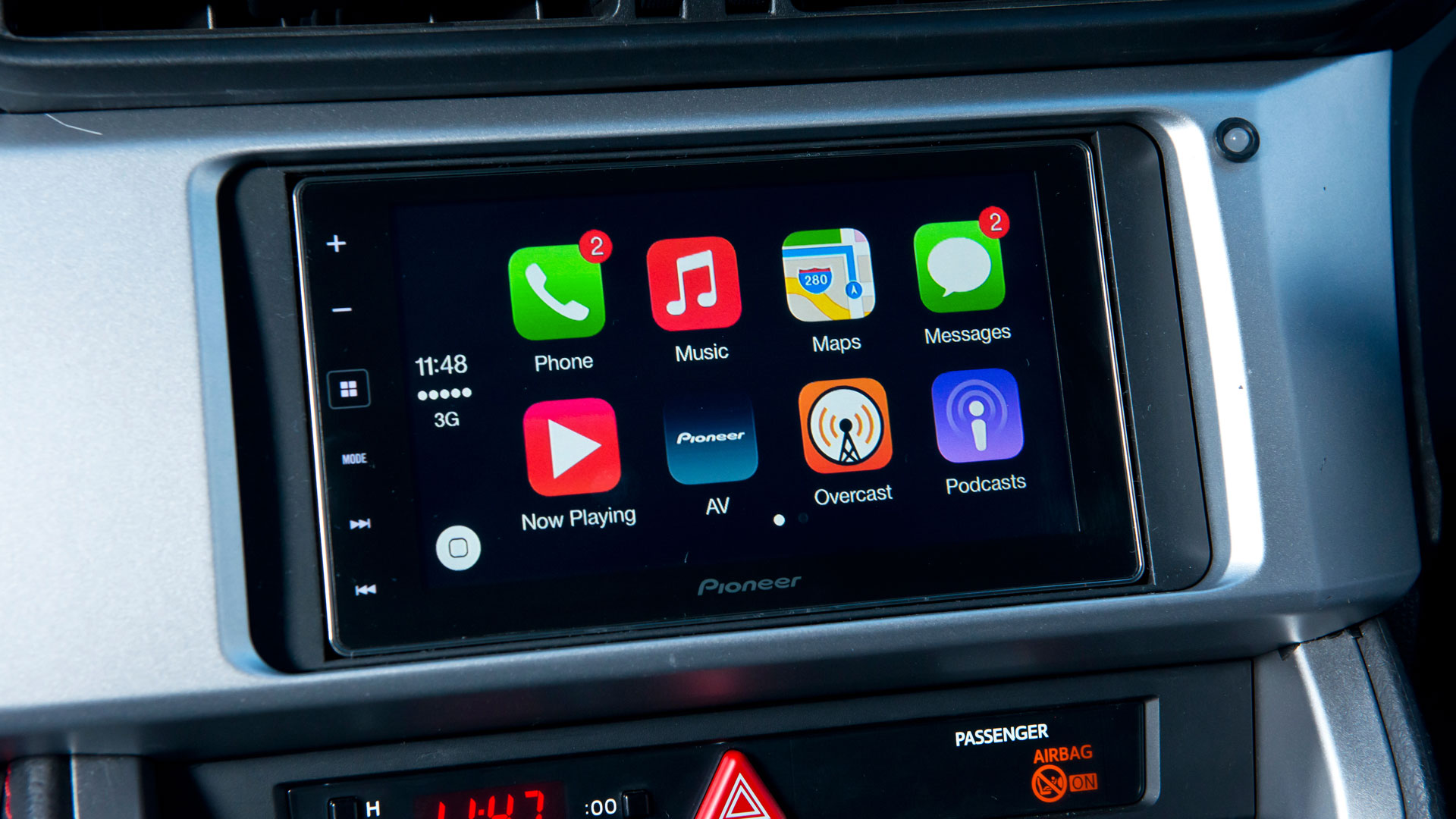www.core77.com
Design writer Dominic Bradbury has been working on Mid-Century Modern Designers, "an homage to the design pioneers who defined the Mid-Century aesthetic through their work in furniture, glassware, ceramics, and textiles," according to Phaidon, the publisher. "Featuring 300 of the finest designers from around the world in an accessible A - Z format, this book reveals their stories, which are told together for the first time."Ward Bennett, Scissor Chair, 1968. Image credit: Courtesy of Geiger (page 33) Kenji Ekuan, Soy sauce pouring bottle for Kikkoman, 1961. Image credit: Kikkoman Corporation (page 101) Dieter Rams, TP1, 1959. Image credit: Gerhardt Kellermann (page 258) Ricardo Fasanello, Esfera Lounge Chair, 1968. Image credit: Credit de la photo Atelier Tamowski Fasanello (page 109) "The book sheds light on the modern masters who embraced this philosophy, including Alvar Aalto, Lina Bo Bardi, Lucienne Day, Tony Duquette, Charles and Ray Eames Jean Gillon, Arne Jacobsen, Carlo Mollino, Charlotte Perriand, Lucie Rie and Sori Yanagi, as well as many lesser-known heroes of the movement."Henry Dreyfuss, Trimline Telephone, 1964. Image credit: Photo: Bukowskis Auctions (page 92) Jens Quistgaard, Fjord Flatware, 1954. Image credit: Photo Morten Rasmussen from Jens Quistgaard: The Sculpting Designer by Stig Guldberg, Phaidon Press 2023 (page 254, right) Eero Saarinen, Tulip Table and Chairs, 1956/57. Image credit: Photo: Bukowskis Auctions (page 272) Walter Dorwin Teague, Boeing 707, interior design, 1956. Image credit: Teague (page 304) "Detailed texts about each designer appear alongside hundreds of images of post-war designs, from furniture to glassware, lighting to textiles, ceramics to tableware, revealing the vibrant cross-pollination of ideas among the designers who defined the era's aesthetic."Joe Colombo, Tube Chairs, 1969. Image credit: Studio Joe Colombo (pages 74-75) Jacob Jensen, Beogram 4000 record player, 1972. Image credit: Designed by Jacob Jensen for Bang & Olufsen A/S (page 162) Richard Sapper, Hairdryer, 1959. Image credit: Courtesy of Richard Sapper Archives (page 279) Florence Knoll, Model 1206 Sofa, 1954. Image credit: Eric Laignel Photography (page 175) The book features some 350 images and will retail for $90. It starts shipping on April 10th, and they're taking pre-orders here.












